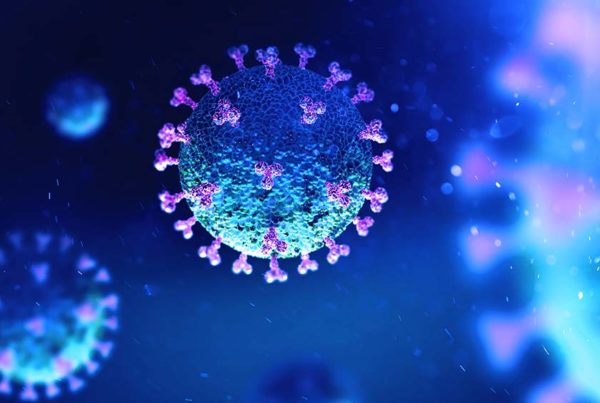
When it comes to this commonly used and widely trusted drug, light is the new moderate.
Many people use alcohol without much thought as a way to wind down at day’s end, to help navigate through social activities, or to self-medicate in the face of life’s hardships.
Like other drugs, however, alcohol can be easily abused and the actions of alcohol are a dose-dependent. The recommendations for using this au natural substance are ever-changing as science gains more knowledge and data on its effects.
This evolving research is showing something different. What we think of as “moderation” actually may be excessive.
The longtime recommendation for moderation by the Centers for Disease Control and Prevention — one daily drink for women and two for men (primarily because men’s bigger bodies have larger livers to break down alcohol) — is in a state of flux.
It’s complicated. Zero alcohol intake may actually raise cardiovascular risk, and overall mortality (premature death), while moderate amounts reduce it. At the same time, these same moderate amounts of alcohol can increase cancer risks.
To make things more complicated, the onslaught of modern genetic mutations combined with moderate alcohol intake can further raise risks. For example, men with the folate mutation (5-methyltetrahydrate folate reductase) who have five or more alcoholic drinks per week can have a significantly elevated risk of prostate cancer.
Newer research is also triggering changes in governmental recommendations. The United Kingdom, for example, recently lowered guidelines to recommend less than about one drink per week, emphasizing several weekly alcohol-free days.
In a class of nature’s oldest drugs, alcohol is the most commonly used one worldwide, followed by caffeine, tobacco and cannabis. Receptors for the active components of these and other drugs are already in our brains at birth.
Alcohol, however, is by far the most dangerous of all, outranking the next two harmful ones, heroin and cocaine. Alcohol use is also one of the primary lifestyle modifications that can directly affect health, along with food and tobacco.
Drugs can be discussed from a standpoint of risk-reward, the potential for helping and hurting. Virtually all drugs have the potential for harm when exceeding the body’s ability to metabolize them, the job of the liver. This ranges from the intestinal bleeding from a single aspirin to the damage from hot smoke (versus eating it) of marijuana. However, these same substances can have therapeutic effects. Well-known examples include the cardiovascular protective properties of alcohol, pain-killing actions of aspirin, and medical marijuana’s growing list of potential health benefits.
Dose is the big issue. While moderate and high alcohol intakes are a common cause of cancer, light alcohol intake is associated with lowest cancer risk and premature death. Light is defined as between about one and five drinks per week for both men and women. This range was presented in a new study by Andrew Kunzmann and colleagues (The association of lifetime alcohol use with mortality and cancer risk in older adults: A cohort study. June 2018. PLOS Medicine).
Why drink alcohol? Typically it is used an inoculant against stress. A single drink may work well. But more is not better. With aging, however, our ability to break down alcohol in the stomach and liver is reduced, further impairing brain function. Many drink before bed in hopes of sleeping better, which is an ineffective use of alcohol as it is not a good sleeping aid.
There are certainly other potential harmful effects of alcohol consumption, such as its ability (even one sip) to impair driving ability and other motor skills, with alcoholism contributing to many other well-known social and personal problems.
It would appear that moderation may not be applicable to alcohol intake as it once was, adding to the myth of moderation when it comes to lifestyle.








